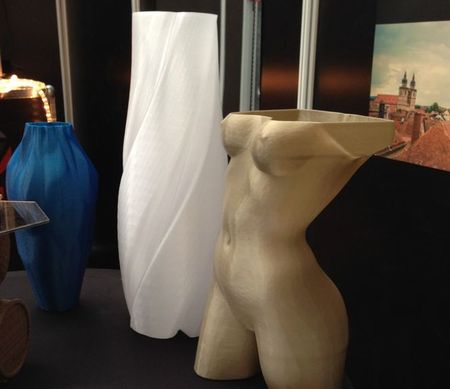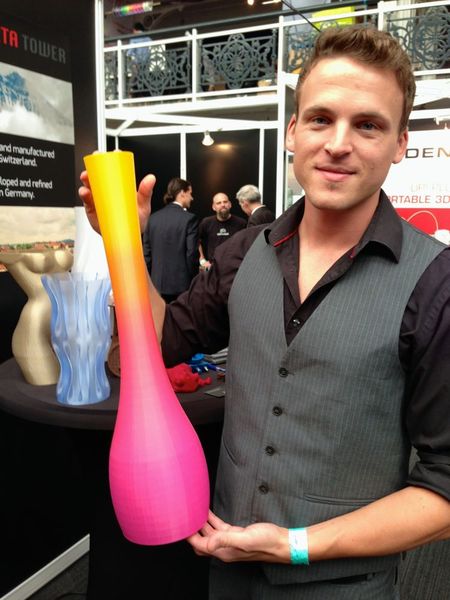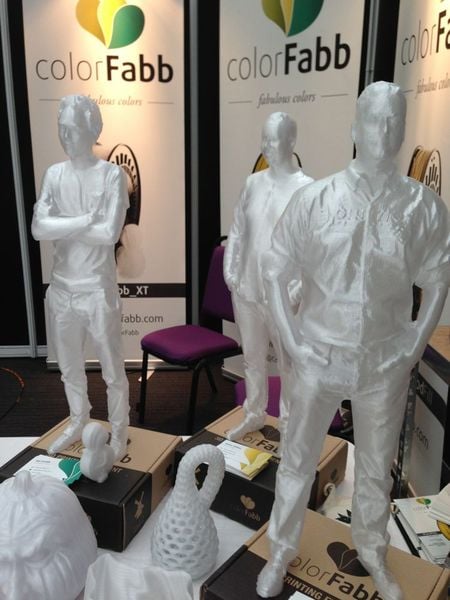Most 3D printers have a significant limitation: size. The build volume dictates much about the things you produce on your device.
Typically stated as a three axis volume, and rarely in liters, your standard personal 3D printer likely has a build volume of between 100-200mm per axis. Some machines have a relatively small volume, say 120 x 120 x 120mm, whereas more expensive machines have larger 200 x 200 x 200mm volumes.
In every case you have to find 3D models that fit within that volume – or you’re faced with the prospect of segmenting your model into pieces and gluing together separate prints later.
That is, unless you have access to a tall 3D printer.
We’ve been checking out some delta 3D printers recently. These machines use a different mechanical concept for moving their extruders during builds, a concept that often permits printing of very tall items. One such printer, the Delta Tower, actually can print items up to 580mm in height.
However, while delta printers exhibit tremendous height, their build volumes usually aren’t much wider than any other 3D printer. So you print tall, slim things. Is that bad?
We think not. Having examined multiple tall prints up close we’re coming to the conclusion that there are a great many objects that fit into tall, slim volumes – perhaps more so than short, wide objects. It may be that “tall” is the right build volume for most people.
Are we correct? Take a look at your shelf of 3D prints (and we know you have one; all 3D printer owners love to display their successful prints). Look at the shape of your typical prints? It’s likely they are more tall than wide.
Wouldn’t they look spectacular if printed 500mm tall?




